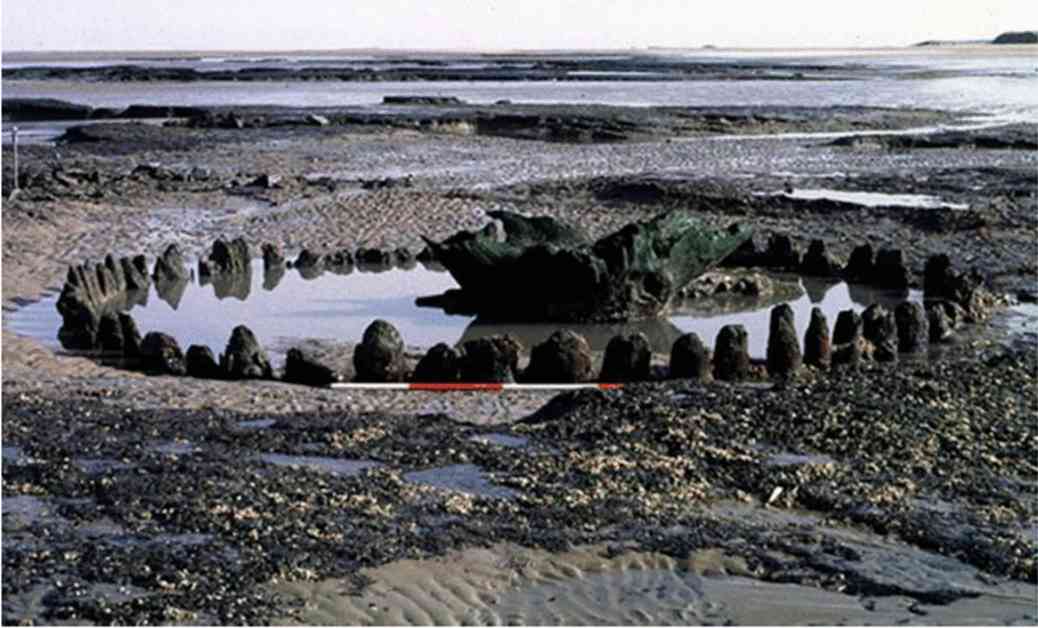During the summer of 1998, an ancient monument was uncovered on a beach on the east coast of England. The monument, known as Seahenge, consisted of fifty-five oak posts arranged in a circle with an upturned tree stump in the center. Scientists were able to date the monument to 2050 B.C.E. during the Bronze Age. While it has been nicknamed Seahenge, scholars referred to it as Holme I after the location where it was found.
It’s important to note that Seahenge is not actually a henge. To be considered a henge, a monument must involve “earthwork,” which refers to changes made to the landscape by ancient builders. Additionally, Seahenge is not a typical timber circle, as the oak logs are placed closely together rather than spaced out like columns in a timber circle.
The purpose of Seahenge remains a mystery, as there is no written or physical evidence to confirm how it was used by its ancient creators. Some theories suggest that the close proximity of the oak logs may indicate a stockade or a ceremonial site. David Alexander Nance, a researcher at the University of Aberdeen in Scotland, believes that Seahenge may have been related to the cuckoo bird, associated with summer.
Nance’s research suggests that Holme I was built during a period of colder temperatures, and the monument may have been constructed on the summer solstice to trick the cuckoo bird into staying and prolonging the warm weather. The area where Seahenge was built was originally a salty marsh, but over time, peat covered the monument and helped preserve it.
When Seahenge resurfaced in 1998, it was located on a sandy beach and submerged underwater during high tide due to coastal erosion. Various groups advocated for the preservation of the monument, with some suggesting it be excavated and preserved in a museum to prevent further damage from saltwater. The oak stumps and tree-stump centerpieces were eventually removed, analyzed, and placed on display in a museum.
Despite the controversy surrounding the excavation of Seahenge, it now serves as a valuable piece of history that sheds light on the rituals and beliefs of Early Bronze Age people. The monument’s relocation to a museum allows for further study and interpretation by researchers and the public alike.






